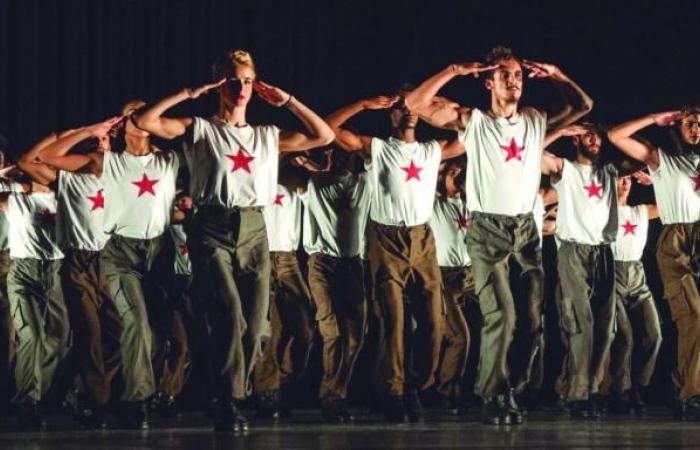The National Theater of Cuba, one of the first five institutions at the service of the people founded by the Revolution, has been the scene of important national and international events, from the second half of the 20th century to the present, as well as milestones on the Cuban stage. .
There, Contemporary Dance of Cuba, the National Folkloric Ensemble, the National Symphony Orchestra and the National Choir of Cuba emerged and were consolidated, distinguished groups of Cuban culture and world reference. It was also the birthplace of the Amateur Artists Movement. The most select of Cuban and international art has been there.
After 65 years of history, this emblematic institution continues to be the home of many artists, a space in which there is room for every manifestation.
«The theater is available for any activity in favor of culture, society and the Homeland. “We are always going to continue drawing the curtains for anyone who wants to make art from here,” its current director, Nereyda López Labrada, told Granma.
Under the slogan Culture is the Homeland, the entire 2024 program has been dedicated to the Theater’s 65th anniversary. So far this year, among other activities, the Avellaneda and Covarrubias venues – with 2,056 and 850 capacities, respectively – have held a tribute to the 25th anniversary of Teatro Tuyo, the Jazz Plaza, the Cubadisco, and the tribute concert to the Italian Lucía Altieri for her 60-year career, and the final farewell to the artistic scene.
In addition to the presentation of artistic shows, political events and graduations have also been held; and the presentation of two national awards, Music and Dance. The Cuerda Viva Festival will soon be held there and later the Alicia Alonso Havana International Ballet Festival.
«We have welcomed the National Ballet of Cuba and we feel tremendous pride when there is no room for one more person in the Avellaneda room. It satisfies us, because that is the mission that the theater has: to contribute to promoting the spirituality of the people; and that, despite the needs we have today, we can, with culture, fill those spaces.
With that mission, they have taken the initiative to bring art to the communities. The Public Relations Department, the director illustrates, makes a study of the place and the public to which the activity will be directed; and artists and groups that are in some way linked to the Theater are invited.
Likewise, in coordination with the schools, they bring children and young people to the theaters, to “form in them a culture of theater that is very important to us.”
They have also developed activities in the gardens, another space that identifies and gives prestige to the facility, and in collaboration with the Casa de la Música on 31 and 2, in La Timba; and they intend to visit homes for the elderly and children without family protection.
The institution, which functions as a cultural complex, has two spaces that belong to Egrem, Café Cantante and Delirio Habanero. It is currently the headquarters of Cuban Contemporary Dance and the National Symphony Orchestra; and the company Los Juglaritos rehearses in its alternative room.
Despite the efforts, says López Labrada, it is very difficult to provide systematic maintenance to such a large and constantly active institution. «We work from Monday to Monday. The life of the National Theater is daily, continuous and systematic.
As a budgeted unit with special treatment, the money obtained from ticket sales is allocated for maintenance work, and other minor expenses.
“I believe that the greatest strength that the institution has is its work team, patriotic people, who feel committed to this social project and with the duty to continue fighting to defend Cuban culture,” he adds.
Nereyda confesses to being in love with this institution, whose reins she has held for three years, and which she considers a jewel of Cuban culture. She has set out, she says, to continue the legacy of important women who also led it, since Dr. Isabel Monal was the first to do so.






